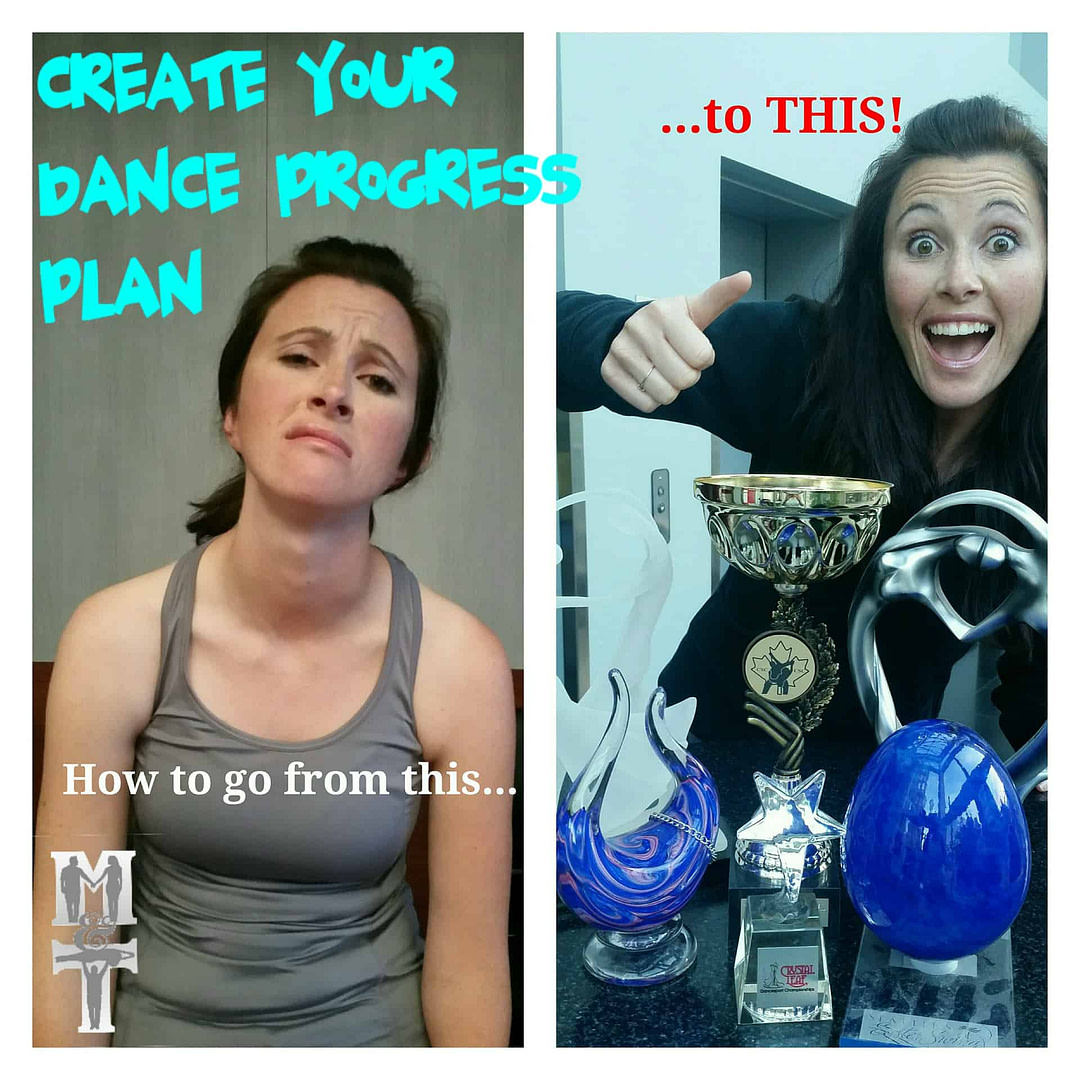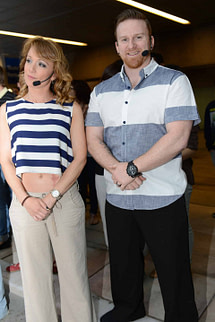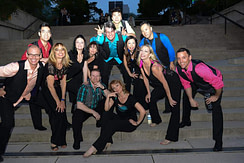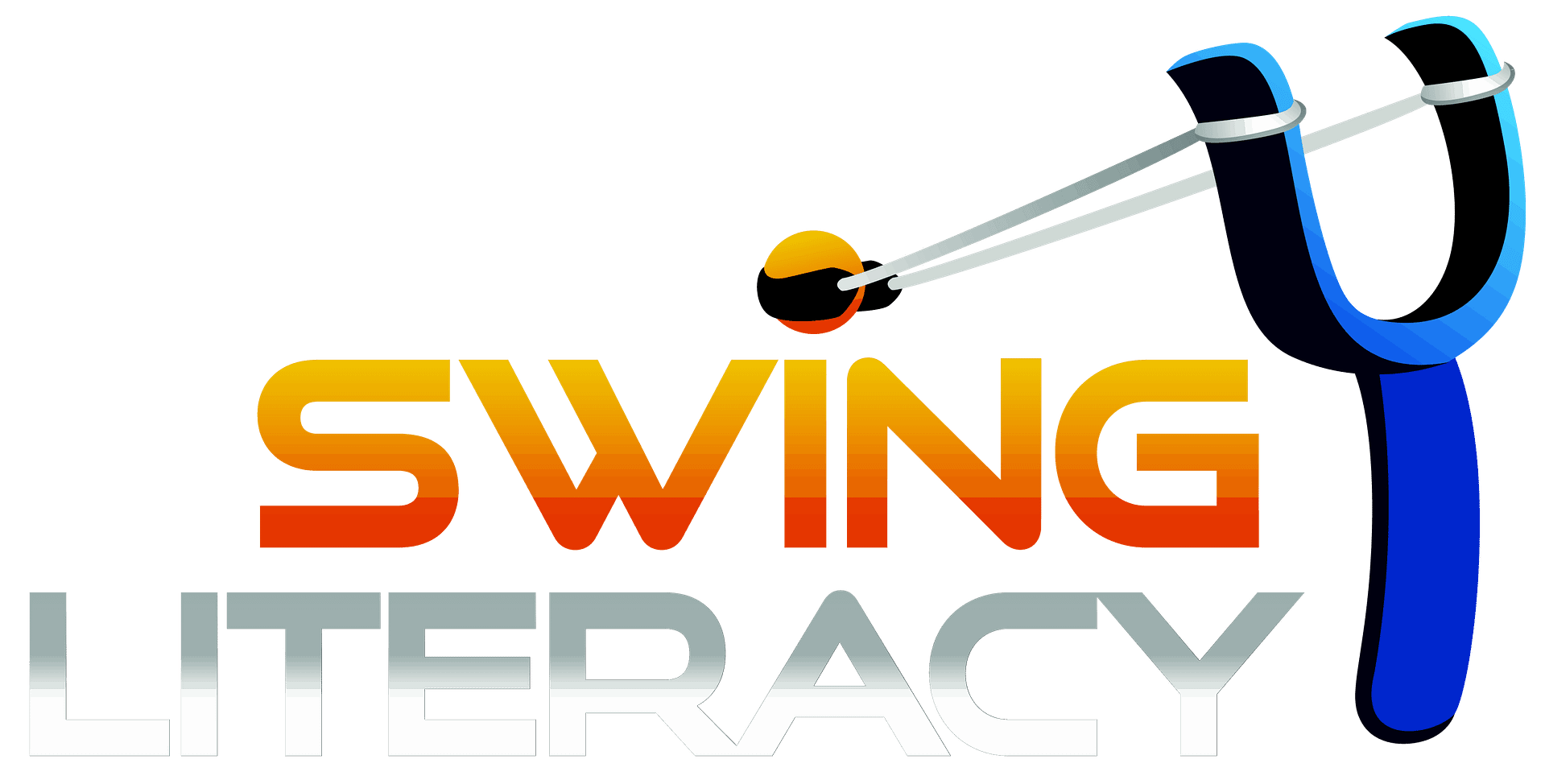No products in the cart.

Reading Time: minutes remaining
Whether you are a seasoned recreational dancer or keen rookie, you are probably looking for the best way to improve your dancing in the most time- and cost-effective way. Let’s compare your dance progress to a fitness program. If your goal was to get in shape, you would go to the gym and have a personal trainer advise you on the best exercise and nutrition methods to use to achieve your goals and create a personalized program to maximize effectiveness.
Take Inventory:
Setting your goals
What “level” are you at now? What level would you like to be in 6 months? One year? By the next event? How important is dancing to you? Is it your primary hobby, or just one of many? Keep in mind that your progress is directly related to your background/talent, commitment, desire to learn, and inspiration. If you have ambitious goals, be prepared to make time and room in your budget for these things.
Setting your schedule
How do your evenings look? Most dance classes are offered in the evenings. How many days per week are you willing to commit? Be realistic. Try to arrange for at least one night for class and one night for social dancing. Don’t forget that neither activity takes an entire evening, so you can dance for an hour or two and still get your shopping done or go out with friends after. Once you decide on your classes, commit to being there in that time slot weekly. Treat it like a habit – like brushing your teeth – make it part of your routine, something you don’t skip unless you would skip work for the same reason.
Setting your budget
Most group classes cost between $9 and $15 per session. They are often offered as a series of 4, 6, or even 10 classes at a better rate. This is to encourage students’ commitment and also for the instructor to be able to count on that income to pay the floor fees. If you are interested in improving your dancing, your best bet is to get on-on-one attention any chance you get. Private lessons cost between $50 and $120 per hour, but are in most cases totally worth it. If you are just starting out, or are dancing at a Novice/intermediate level, save your money by hiring a local, less experienced instructor for private lessons, then when you have a good handle on your basics and are ready for more intense coaching, you can splurge on international instructors when you go to dance events. BUT, this doesn’t mean that top instructors won’t coach beginners in the early stages – in fact, the earlier the better! Some instructors offer packages of 4-10 lessons for a discounted rate, but you have to pay a lump sum in advance. Caveat Emptor: just as you would with any other service.
Choosing your “trainer“
As you would with any other service provider, DO YOUR RESEARCH. Look for value: in many cases, you get what you pay for. But teachers who are expensive could be worth it either because they have status, OR they are exceptional trained teachers. Occasionally, you find the complete package!
Shop Around
Don’t know who to learn from? Ask around. Ask your instructors where they go for coaching. Go to conventions and shop around – take the workshops of a number of instructors. See who appeals to you and who would fit your personality and learning style. When you get an idea of instructors you are interested in, try them on (just like going to the fitting room). But don’t choose an instructor solely based on the warm fuzzy feelings you get…

Do your research
Check out their website, credentials, resume, videos. Consider how old the information is. The more current the info, the more reliable the source. (Don’t be fooled into buying polyester!) Unlike other partner dances, West Coast Swing is a dance that constantly changes, like fashion. There are instructors out there who have been teaching the same thing for 20 years – this does not make them better: this makes them old. There are instructors who have been teaching for 2 years or 20 years but actively get coaching and professional development to stay current. This makes them good. Look for someone who actively pursues improvement – “once you stop improving, you stop being good”.
Think Critically
Listen critically to the information the instructor is providing. Does it make sense to your brain? To your body? Just because an instructor describes “their way” of doing things, doesn’t make it “the only way”. Check to make sure they can back up their methods in science, or at least admit that they “don’t understand it, but know it works”. Check also for consistency between what they teach and what they practice. Unfortunately many good dancers have no idea how to teach what they do, they just regurgitate what they were taught, which is often outdated and/or in direct conflict with physics or with the very thing that makes their style so desirable.
Don’t be fooled by popularity
A mediocre instructor can be popular for other reasons like cheap prices, convenient location, great marketing, even good looks. It’s hard to tell the difference between a good dancer/instructor and a bad one when they all appear to be better than you! Experienced dancers have been around and know the difference – go to them for referrals.
Don’t be fooled by dubious credentials.
An instructor looking for undeserved credit will inflate himself by exaggerating his awards (listing himself as a competition winner, but neglecting to mention it was in a Novice division) or experience (claiming 10 years of dance experience, but neglecting to mention it was experience in hula dancing), or his credentials (listing titles or qualifications that look impressive to the non-dancer but mean nothing to the dance community).
Consider the instructors’ commitment to the community.
What are they doing to promote the dance and improve their students’ success and fun? You don’t want someone who’s only there for the money.
Diversify
Take lessons from many different instructors so that if you are having trouble “getting” a concept, maybe it would help to hear it explained in a different way. Ask your regular teacher to recommend other teachers to diversify with. Also, there are many “right ways” to learn West Coast Swing. There are also many wrong ways, so it is important to explore.
Much of your success and enjoyment of dance lessons will depend on the relationship you have with your instructor. BUT, in order to get the best value, and the most appropriate advice to meet your goals, consider these factors when choosing an instructor:
- Their dance training and history
- The level of dance events they are hired to teach at, if any
- Their recent competitive success
- Their level of teaching/instructional certification and experience
- The chemistry you have with them
- Their professionalism, accountability, and attitude
- Their reputation in the community
- Their social dancing style.
Also keep in mind, it’s a good idea to get professional advice ONLY from dance professionals, NOT on the social dance floor!
Learning Formats: Aim for a Balanced Diet
Learning can come in a variety of forms including media, events, and projects.
Group Classes
This is where most people start their WCS path. The advantage of group classes is that they teach the culture of social dancing – greeting and inviting a dance, rotating partners, adapting to a variety of body shapes, skill levels, habits, and circumstances. They also help give context to the dance by starting with basic foundation skills and patterns then elaborating and diversifying movement progressively. They reinforce the rules of the game – the common understandings that make up the character and culture of the WCS. The disadvantage is that there is almost zero personal feedback, which means a high probability of errors and bad habit development. Keep in mind that group classes may appear to offer a measure of progress as you gain experience, but there’s no consistency between studios. Check out this great article about what levels really mean.

Private Lessons
Everyone needs feedback. One-on-one coaching is the ideal situation for an instructor to analyze your dance and target your specific needs. It is by far the most effective way to progress quickly. Your coach should be able to listen to your needs and goals, assess your current skills, offer remedial skill correction, advise a course of action, and prescribe drills and exercises to develop your skills. If you don’t get all of these needs satisfied in each private lesson, branch out and look for alternate coaches. The disadvantage of private lessons is that they cannot provide the social/affective learning experiences that group classes and social dancing do. They also don’t give you the broad picture of the WCS culture, community, history, context. So you need to supplement your learning with other sources.
Private lessons are for everyone: first-time beginners, intermediate improvers, and elite competitors. Never think that that you are not “good enough” to take private lessons. They can dramatically accelerate your improvement regardless of your level.
Social Dancing
One can not survive on private lessons alone. You need to jump in the pool and practice swimming on your own. Like learning a new language, social dancing can be compared to conversation: it is not only the ultimate goal, but is the best practice environment.
There is no expectation of competency before trying social dancing. After a few basic lessons, if you are able to string a few moves together without stopping, you are ready to go social dancing. As in life, your learning will exponentially progress through experience. Don’t be a social dance snob! Dance with a variety of levels of partners – you can learn from everyone. Suck up your courage and dance with better dancers, but also appreciate the skills you develop from learning to adapt to more beginner dancers too. Here’s a great article on asking Pros to dance.
Instructional Videos
This is a great way to learn patterns and styling, and you can keep them at home for private practice and future reference! When you meet an instructor/dancer you admire, buy some of their videos. Don’t buy a video of an instructor you haven’t met or seen dance. If you attend a workshop which offers a video notebook – buy it! You Tube is a great place to get inspiration, but a dangerous way to learn. On YouTube you can’t see the techniques being used, you don’t know the history or reasoning behind the movements, and you can’t tell the cause or purpose for the movements.
Weekend Workshops/Conventions
Go to them! Dance events consist of 2-3 days of workshops, contests, performances, and most importantly, social dancing. Because of all the concentrated and varied social dancing you get, your dancing improves exponentially with each event. It is also a great place to see alot of amazing professional dancers you don’t get to see in your area, and try competing in the Novice division contests when you’re ready. Here’s a very thorough article to prepare you for attending dance conventions.
Projects
Many local communities have a “Swing Club” who operates a “Performance Team” of some kind. Teams can be coached by an instructor or led by a Captain. The Team learns choreography provided by a professional choreographer, and practices to perform at dance conventions or public community events. Some conventions even have Team contests! Participating in a Team elevates your dancing by forcing you to focus on precision, timing, teamwork, showmanship, posture, balance, and musical interpretation. Other projects you might consider participating in: Flash Mob, Peer Jam Sessions, Video Viewing Parties, or learning the opposite role. Here are some more ideas of dance community improvement projects.

Practice Sessions
It is not necessary to have a regular dance partner. In fact, it can sometimes hinder you, because you learn to accommodate each other’s errors, which prevents you from offering authentic feedback. It’s a good idea to have “practice dates” that you arrange with rotating partners, or even join with another couple or group. Practice makes permanent, so take care to bring your dance homework to each session. Learn about the fine art of requesting, giving, and receiving Feedback. Practice sessions are highly recommended, but it is dangerous to practice exclusively with your peers too often, without any coaching or guidance. The “blind leading the blind” may lead to a degradation of your skills.
So, with these parameters in mind, you should be able to create a plan for your dance progress starting today. Now go out and get yourself some groove!
Like this article? Want to translate it into another language? Send it to us in a private message and we’ll post it here!
